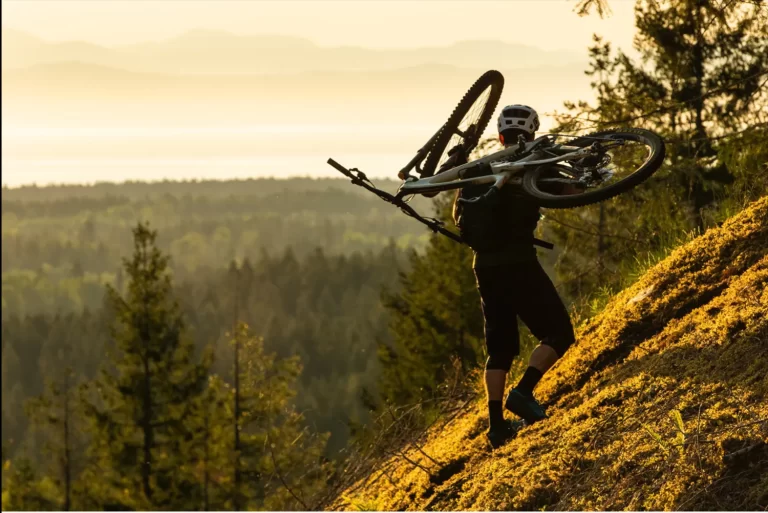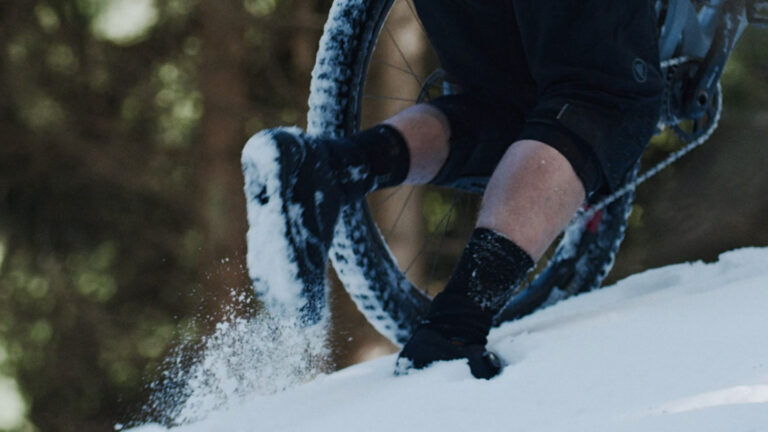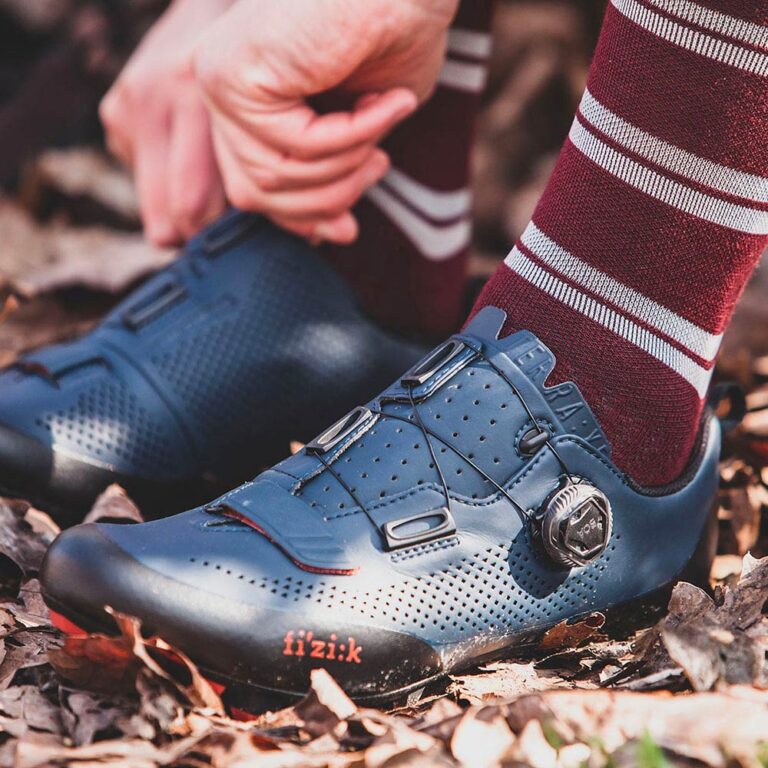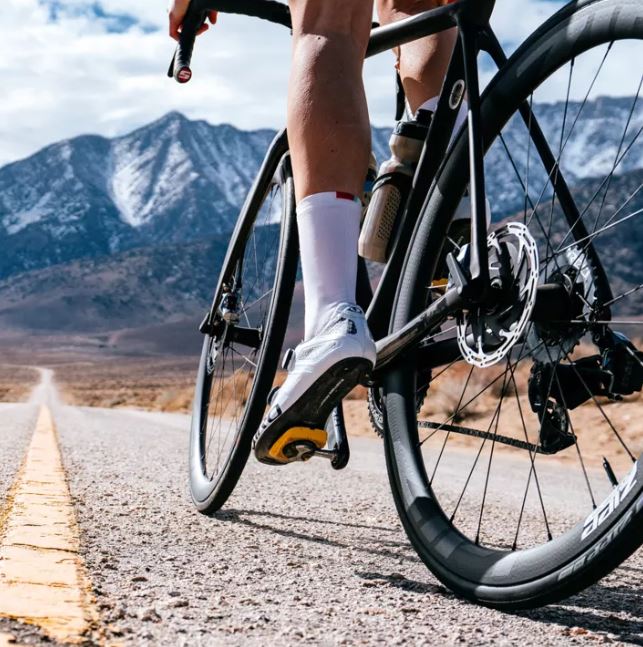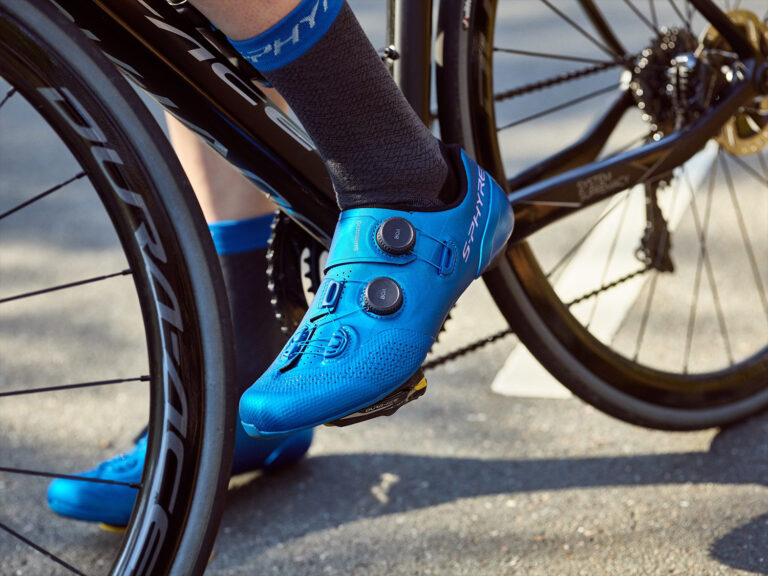Supporting Your Ride: Orthopedic Considerations in Mountain Bike Shoes
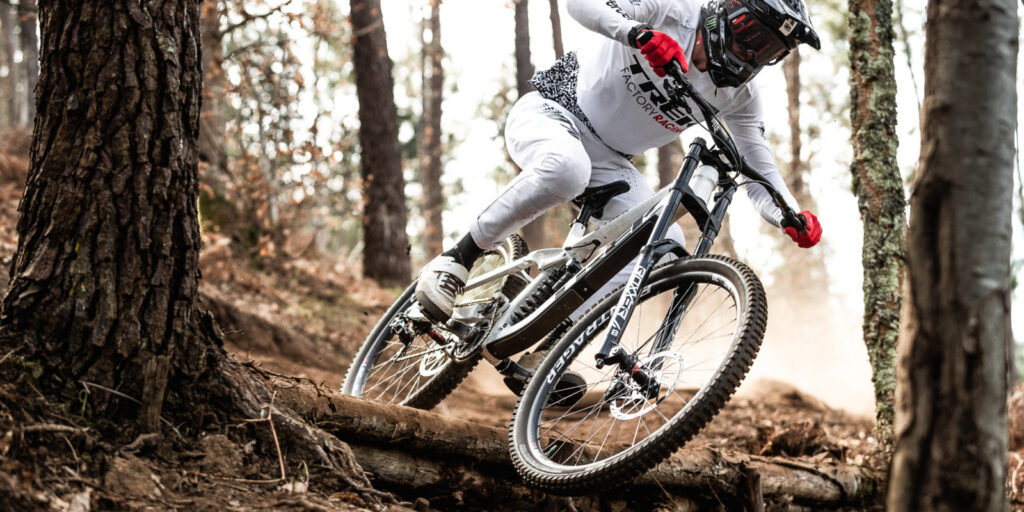
Key Point Summary of Orthopedic Considerations in Mountain Bike Shoes:
- Importance of Orthopedic Support: Proper support reduces the risk of injury and increases comfort, particularly on long rides.
- Customization and Fit: The ability to accommodate custom orthotics or insoles can make a significant difference in health.
- Material and Design Considerations: Materials that provide a balance between rigidity for power transfer and flexibility for comfort are essential.
- Impact of Incorrect Fit: Shoes that don’t support the arch, heel, and toe areas properly can lead to long-term issues.
This consideration in mountain bike shoes is often overlooked, yet they are paramount for both performance and long-term comfort. The repetitive motion of pedaling can exacerbate underlying foot issues or create new ones without proper support. Mountain biking, with its demands for constant foot adjustments, technical handling, and the absorption of shocks and vibrations, only adds to the need for shoes that offer more than just a rugged exterior.
The Foundation of Foot Support
The foundation of any good mountain bike shoe includes a well-designed arch support, a snug fit around the heel to prevent unnecessary movement, and enough room in the toe box to avoid compression. The right shoe will help align your foot, ankle, and knee during the pedaling cycle, which not only improves efficiency but also minimizes the risk of strain or injury.
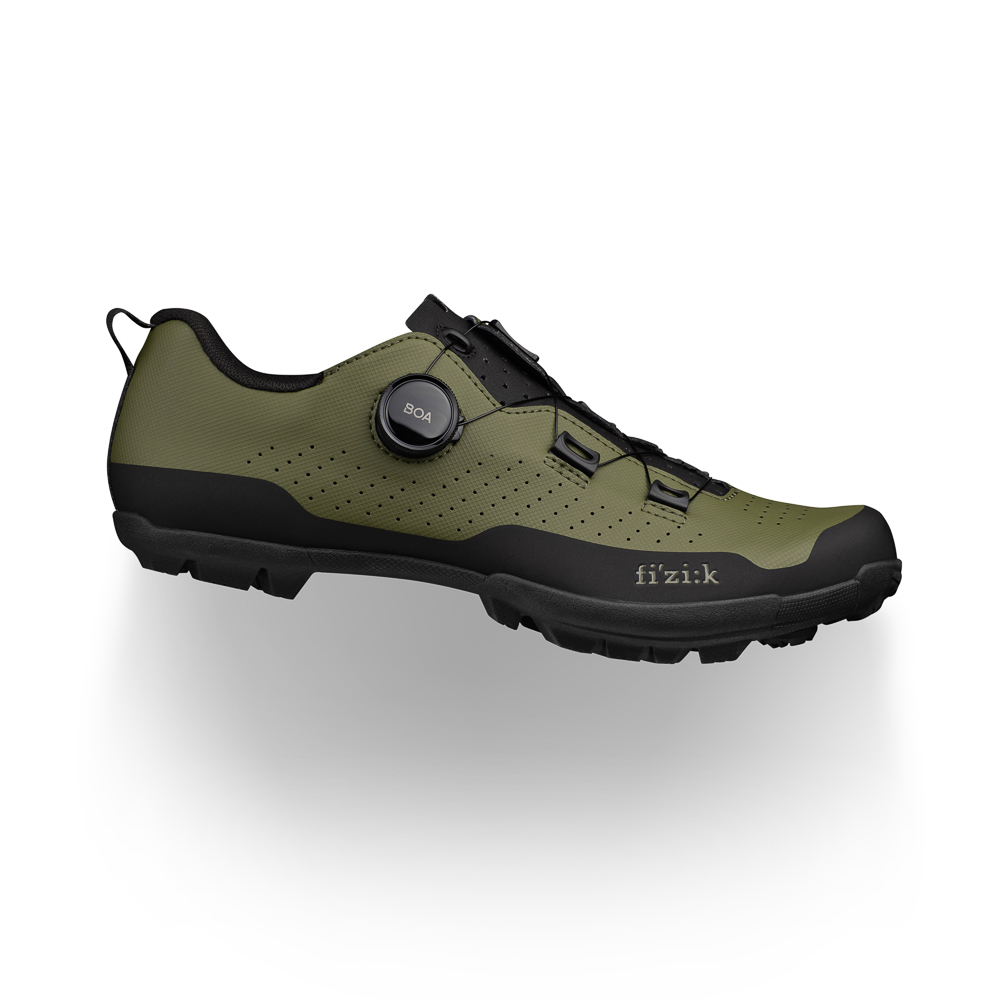
Customization is Key
One size does not fit all, and mountain bike shoes are no exception. The option to incorporate custom orthotics or specialized insoles can be a game-changer for riders with specific needs. These custom solutions can address issues such as flat feet, high arches, or pronation, ensuring that your shoe works for you, not against you.
Material Matters
Soles need to be stiff enough to ensure efficient power transfer from foot to pedal but also have enough flexibility to allow for natural foot movements. Advances in materials technology have led to the development of shoes that strike this balance, offering carbon soles with zones of flexibility or rubber compounds that provide grip without sacrificing foot support.
The Perils of a Poor Fit
An incorrect fit is not just uncomfortable; it can lead to serious issues over time. Shoes that are too tight can cause pressure points, leading to numbness and circulatory problems. Conversely, shoes that are too loose can result in slippage within the shoe, leading to friction and instability, which may increase the risk of ankle and knee injuries.
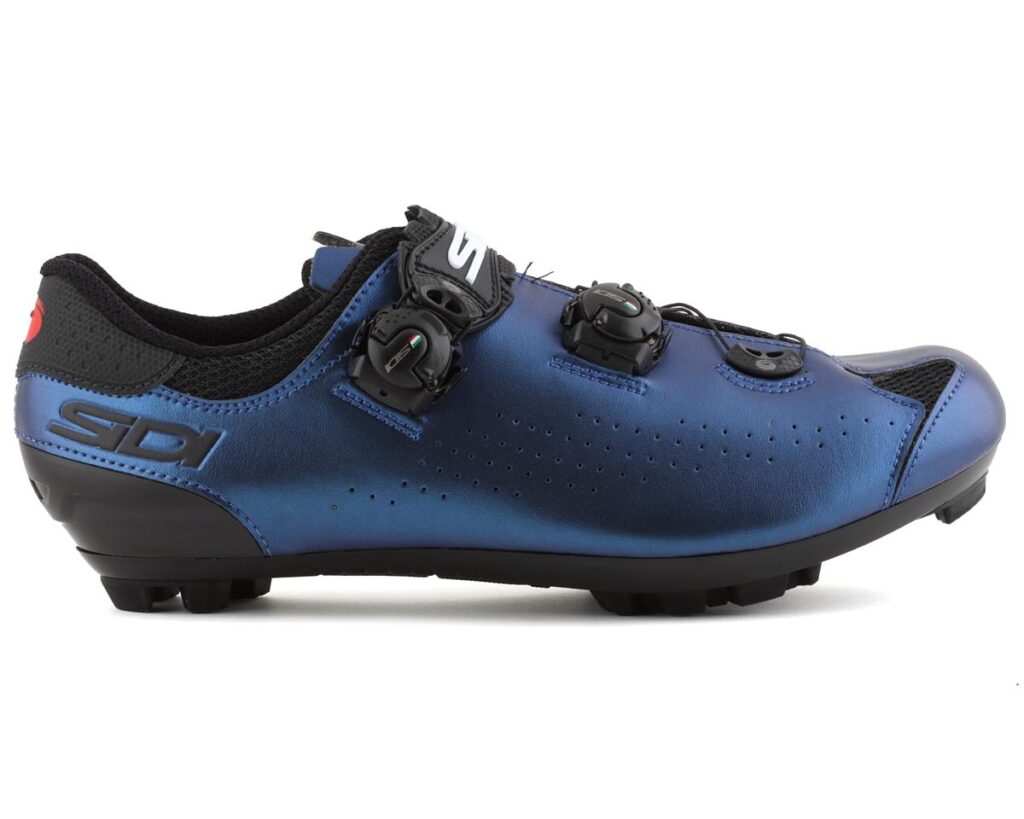
Closing Thoughts
For those just beginning their mountain biking adventure or looking to take their ride to the next level, don’t underestimate the importance of orthopedic considerations in choosing your footwear. The right mountain bike shoes can enhance your performance, comfort, and enjoyment of the sport while helping to protect against injury. The best shoe for you is the one that meets your unique needs, allowing you to focus on the trail ahead, confident in the support beneath you.
Several mountain bike shoes are designed with orthopedic support in mind, offering features like enhanced arch support, customizable fit options, and compatibility with orthotic insoles. One such example is the Lake MX241 Endurance.

- Orthopedic Support: The MX241 Endurance is designed with a focus on providing support for riders with wider feet or those needing extra room for orthotic insoles. Its design includes a wider toe box and enhanced arch support to cater to various foot types and conditions.
- Customizable Fit: Similar to other high-end Lake models, the MX241 features a heat-moldable carbon fiber sole that allows for personal customization to the rider’s foot shape, improving support and comfort.
- Material and Construction: This shoe uses durable and breathable materials to ensure longevity and comfort during rides. The carbon fiber sole is engineered to be stiff for efficient power transfer while still accommodating the natural flex of your foot for comfort.
- Adjustability: Equipped with a dual side-mounted Boa closure system, the MX241 allows for precise fit adjustments, ensuring a snug fit without creating pressure points, thus enhancing overall foot health and comfort on long rides.
FAQ
What kind of shoes do you wear for mountain biking?
For mountain biking, you typically wear specialized mountain bike (MTB) shoes. These shoes come in two main types: those designed for flat pedals, with a grippy rubber sole that provides traction on the pedal surface, and those for clipless pedals, which have a cleat on the bottom that clips into the pedal for a secure connection. MTB shoes are durable, offer good foot protection, and have soles stiff enough for efficient pedaling yet flexible enough for walking.
What are the limitations of cycling shoes?
The limitations of cycling shoes include reduced walking comfort due to stiff soles, potential compatibility issues between different cleats and pedal systems, and the need for a period of adjustment to get used to clipless systems. Additionally, they can be more expensive than regular athletic shoes and might require more maintenance to keep the cleat mechanism functioning properly.
Happy Riding!
John

